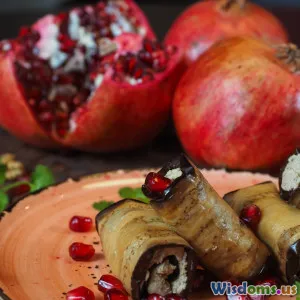
Unlocking Intense Flavors With Seasonal Fruits in Savory Dishes
18 min read Discover how seasonal fruits can elevate savory dishes with bold flavors and creative pairings. (0 Reviews)
Unlocking Intense Flavors With Seasonal Fruits in Savory Dishes
The secret to a memorable meal often lies in unexpected harmonies. For adventurous chefs and home cooks alike, leveraging the natural sweetness and acidity of seasonal fruits can transform savory dishes—from familiar weeknight fare to sophisticated dinner party centerpieces. Not only do these fruits add vibrancy and contrast, but they also boost nutritional value and honor local harvests. Let's dive into the delicious world of using seasonal fruits to intensify flavors and reinvent the savory landscape of your kitchen.
Rediscovering Balance: The Power of Seasonal Fruits in Savory Cooking

Savory recipes thrive on balance: sweet, salty, sour, bitter, and umami flavors interacting together to create complexity. Fruity sweetness and natural tang are powerful tools for building this harmony—and when sourced seasonally, fruits pack maximum flavor and aroma. Consider the punchy complexity of pomegranate arils in a lamb stew or the gentle tartness of summer peaches layered atop grilled chicken.
Modern kitchens worldwide have rediscovered these ancient combinations. In Moroccan cuisine, dried apricots elevate the richness of tagines. Northern Italy’s balsamic-drenched strawberries are a revelation alongside aged Parmesan and balsamic vinegar. In Southeast Asia, green mangoes add crunch and brilliance to spicy salads. These traditions aren’t just relics—they’re blueprints waiting to be adapted with what’s in season near you.
Case Study: The Apricot Tagine
A classic Moroccan tagine harmonizes lamb, caramelized onions, and cinnamon with dried apricots. The apricots absorb savory juices, bursting with both acidity and an almost honeyed richness that softens robust spices. This timeworn formula demonstrates how fruits amplify both flavor and mouthfeel, serving as both a sweetener and textural contrast.
Choosing Fruits by Season for Maximum Impact
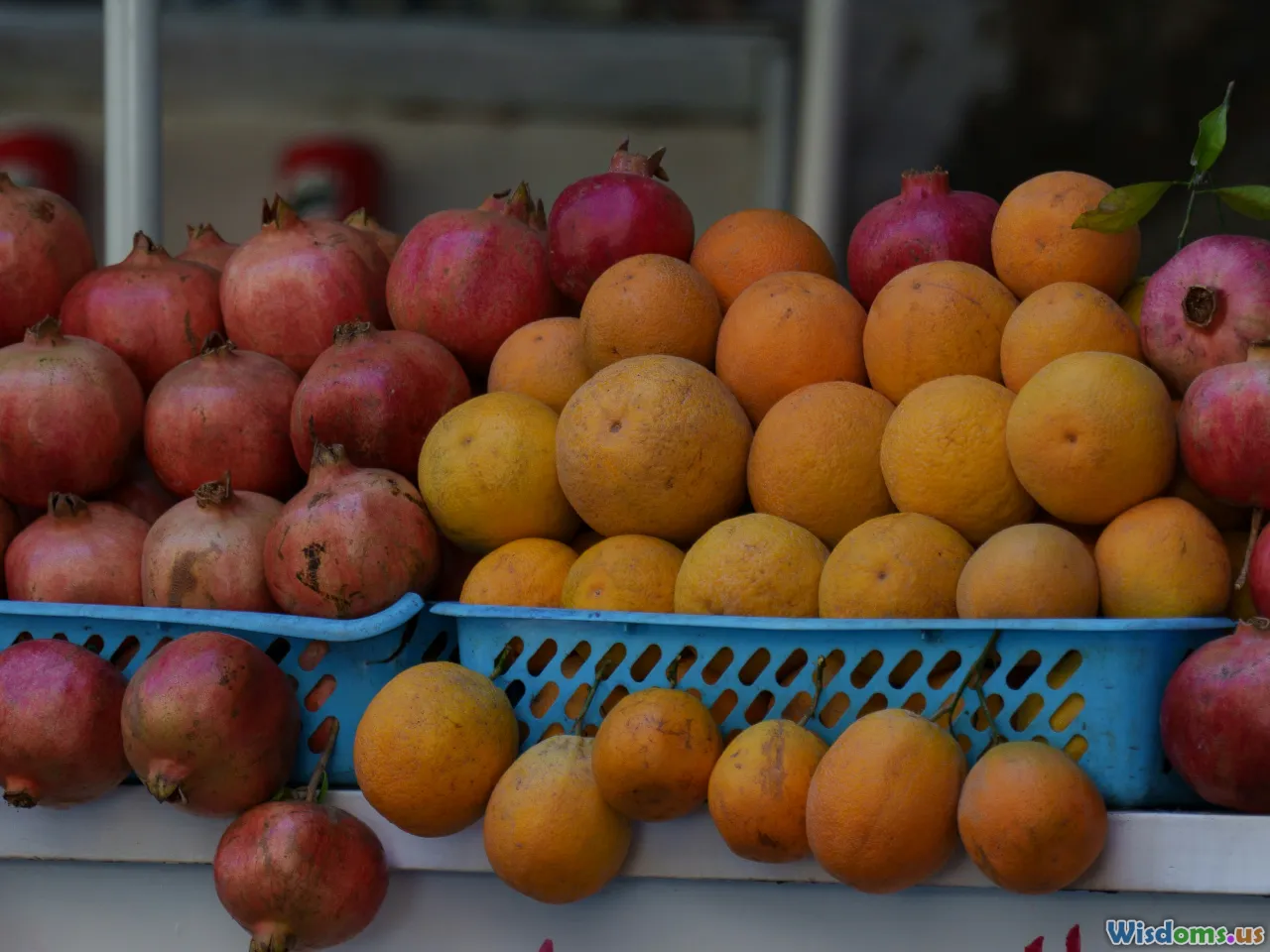
Harnessing the intensity of seasonal fruit requires tuning your kitchen rhythm to your local environment. Supermarket imports tend to be bland compared to peak-season produce bursting with sugars and aromatic compounds. Each season offers its own palette for savory inspiration—here’s a practical guide to seasonal stars:
Spring: Strawberries & Rhubarb
Strawberries grill beautifully as a garnish for goat cheese crostini, while rhubarb’s tart crunch can offset rich meats in salsas or chutneys.
Summer: Peaches, Plums, Watermelon
Peaches roasted with thyme entice as a garnish for pork medallions. Plums simmered down become a bright base for Asian-inspired sauces with soy and ginger. Watermelon, with a kiss of balsamic and chili, became a modern accompaniment for grilled halloumi or shrimp skewers.
Fall: Apples, Pears, Figs
Crisp apples and pears add lively crunch to autumn salads with arugula, blue cheese, and toasted nuts. Figs coexist beautifully with prosciutto or in a balsamic reduction canapé.
Winter: Citrus, Pomegranate
Oranges and grapefruits cut through the heaviness of winter stews, while pomegranate seeds glisten on roasted root vegetables or in Persian-inspired pilafs.
Pro Tip: Source Locally
Visit bustling farmers markets or contract with a local CSA (Community Supported Agriculture) for the freshest picks. Many underrated heirlooms or native fruits never make it to the supermarket, but often have intensified, singular flavors that can redefine dishes.
How-To: Pairing Fruits With Proteins for Next-Level Savory Dishes

Blending fruit into savory main courses isn’t just about tossing slices into the mix. Thoughtful pairing and preparation elevate the result from haphazard to harmonious. Here’s how to make it work:
1. Assess Sweetness & Acidity
Acidic fruits (citrus, sour cherries, green apples) can brighten and balance fatty proteins like pork and duck, or cut through oily fish. Sweeter fruits (mango, ripe apricot) marry beautifully with spicy heat or robust, earthy flavors.
Example: Grill chicken and serve over a grilled peach and basil salad, or pan-sear duck breast with a cherry-port sauce.
2. Employ Different Techniques
- Roasting: Caramelizes natural sugars (think figs roasted with garlic and rosemary, served with lamb shanks).
- Salsas & Relishes: Dice mangoes or pineapples with jalapeño, lime and red onion to spoon over white fish.
- Pickling: Quick-pickled green strawberries lend brightness to charcuterie boards or roast pork.
- Stewing: Cook prunes or apricots with chicken thighs for silky, stew-like comfort foods.
3. Consider Texture
Balance soft, juicy peaches or plums with grilled meats, or crisp apples/pears in salads with toasted seeds and crumbly cheeses.
Pairing Chart
| Protein | Best Fruit Partners | Suggested Preparation |
|---|---|---|
| Pork | Apples, plums | Grilled, braised, or chutney |
| Chicken | Apricot, grape | Roasted with fruit, sauces |
| Duck | Cherry, orange | Pan sauce, roasted, confit |
| Fish | Mango, citrus | Salsa topping, ceviche |
| Lamb | Fig, pomegranate | Roasted, tagine, grain salad |
Analysis: Why Fruit Elevates Savory Recipes

Behind the scenes, fruits’ transformative power in savory cooking is deeply rooted in chemistry. Fruits bring:
- Acidity to cut richness and brighten palate.
- Natural sugars to encourage caramelization, crispness, and depth.
- Pectin for subtle thickening in sauces and stews.
- Aromatic esters and terpenes responsible for much of the fruit's unmatchable fragrance.
For instance, pairing acidic green apple with roasted fatty pork doesn’t simply taste good—the acid interacts with fat molecules, cleansing the palate for each bite. Similarly, natural fruit sugars caramelize at lower temperatures compared to table sugar, creating Maillard complexity on roasted meats and vegetables without the need for extra sweeteners.
Recent research published in the Journal of Culinary Science & Technology suggests that integrating fruit in meat marinades can even help tenderize proteins, improve browning, and introduce antioxidant compounds.
Actionable Tips: Elevating Your Everyday Meals With Fruit
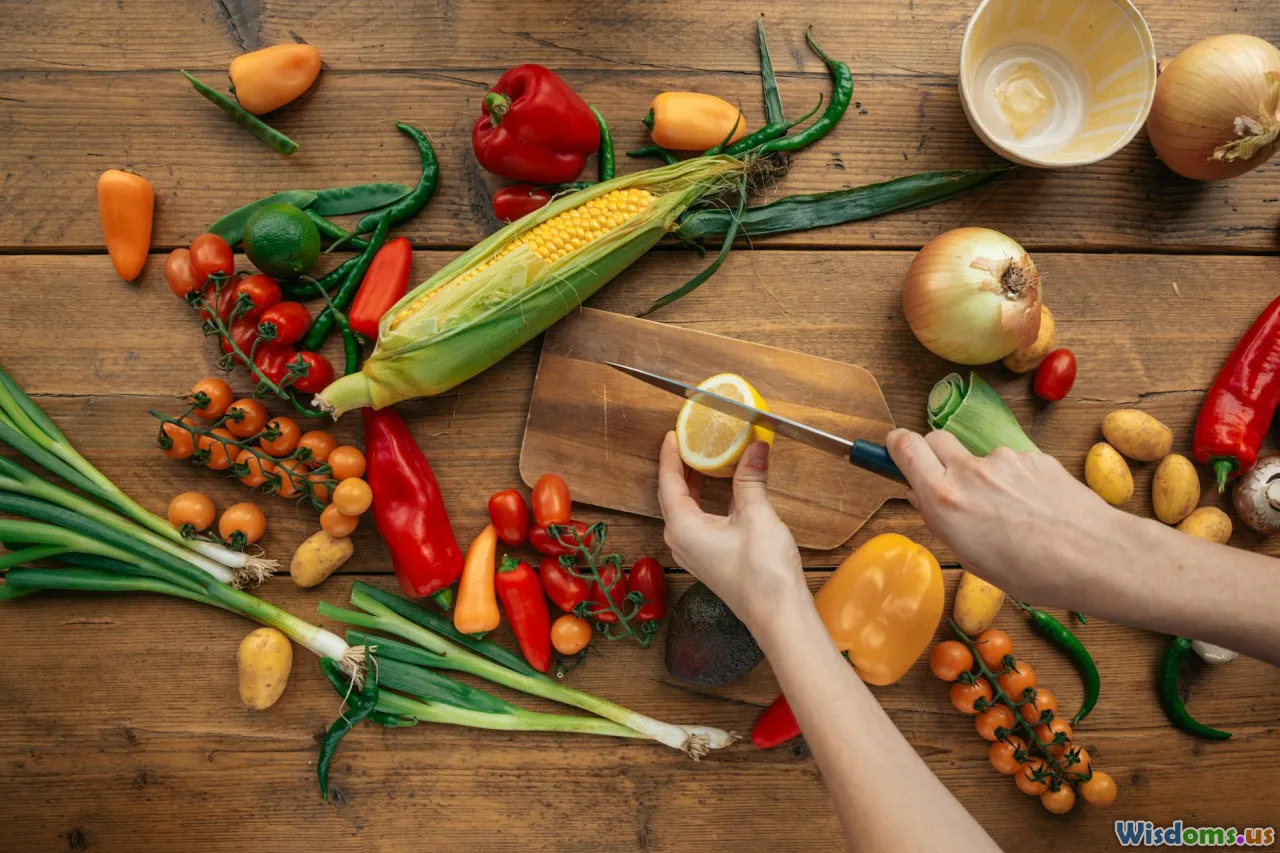
If fruit in savory cuisine is new territory, start simple. Here are actionable, chef-tested ideas to spark your creativity:
Quick Grilled Fruit Salads
Layer freshly grilled nectarines or pineapple over a bed of peppery arugula and top with feta, olive oil, and toasted nuts. The char from the grill will concentrate their sweetness and add irresistible smokiness.
Fruit-Based Salsas & Chutneys
Try a peach salsa (peaches, red onion, jalapeño, cilantro, lime juice) atop crispy chicken cutlets. Or simmer apples and ginger into a chutney for pork chops or grilled sausages.
Sheet Pan Magic: Roast Together
Roast grapes, onions, and Italian sausage on one tray; the grapes burst, creating sticky, tangy pockets amid the savory umami.
Use Fruit Juices in Sauces
A reduction of orange and ginger juice makes a quick, aromatic glaze for salmon or duck.
Add Fruity Crunch
Pickled cherries or green strawberries add bracing tang to grilled vegetable bowls or salads.
Creative Tacos & Wraps
Try pulled pork tacos with pineapple-mango salsa, drizzled in chili yoghurt.
Spotlight: International Inspirations for Fruit-Filled Savory Classics

Global cuisines offer endless inspiration for fruit-dotted savory dishes. Consider bringing one of these to your next family meal or potluck:
- Thai Som Tum (Green Papaya Salad): Unripe papaya and tomato create a crunchy, tart salad dressed with lime, peanuts, and chilies—a staple of Thai street food.
- Indian Mango Chutney: Ripe or green mangoes are slow-simmered with ginger, cumin, mustard seeds, and vinegar, yielding a sweet-hot condiment for curries and grilled entrees.
- Italian Prosciutto & Melon: The classic matchup—sweet melon with salty cured ham—is as simple as it is perfect.
- Latin American Ceviche: Juicy citrus juices “cook” shrimp or fish; diced stone fruit or pineapple brings a welcoming sweetness.
- French Duck À L’Orange: Citrus sauce, sometimes reinforced with candied orange zest, makes each bite of duck unforgettable.
- Persian Fesenjan: Pomegranate juice and walnuts create a rich, tangy-sweet sauce for chicken or duck.
Drawing from these, don’t be afraid to invent: blend fruit with traditional seasonings in tacos, stir-fries, stews, or sandwiches.
Advanced Techniques: Smoking, Pickling & Fermentation With Fruit

Forging new flavors doesn’t have to stop at chopping and tossing raw fruit. By using preservation and advanced techniques, you can concentrate or even transform a fruit’s qualities.
Smoking
Cubes of apple or peach smoke easily, imparting fruity overtones to grilled seafood or pork. Smoked dried plums (prunes) elevate stuffings and sauces.
Pickling & Fermenting
- Pickled blueberries: Excellent tart and sweet contrast in slaws, grain bowls, or with game meats.
- Fermented pineapple (Tepache): Self-carbonated, spicy-sour pineapple beverage that doubles as a cooking liquid for pork or vegetable dishes.
Dehydration
Low and slow dehydration of figs, apricots, or cherries develops concentrated flavors. These can then be blended into marinades, with cheese boards, or for stuffing roast meats.
Sous Vide Infusions
Sous vide techniques let you gently heat fruit—think strawberries immersed in vinegar and peppercorns—for nuanced, cocktail-friendly syrups or for brushing over grilled poultry.
Nutritional & Sustainability Advantages
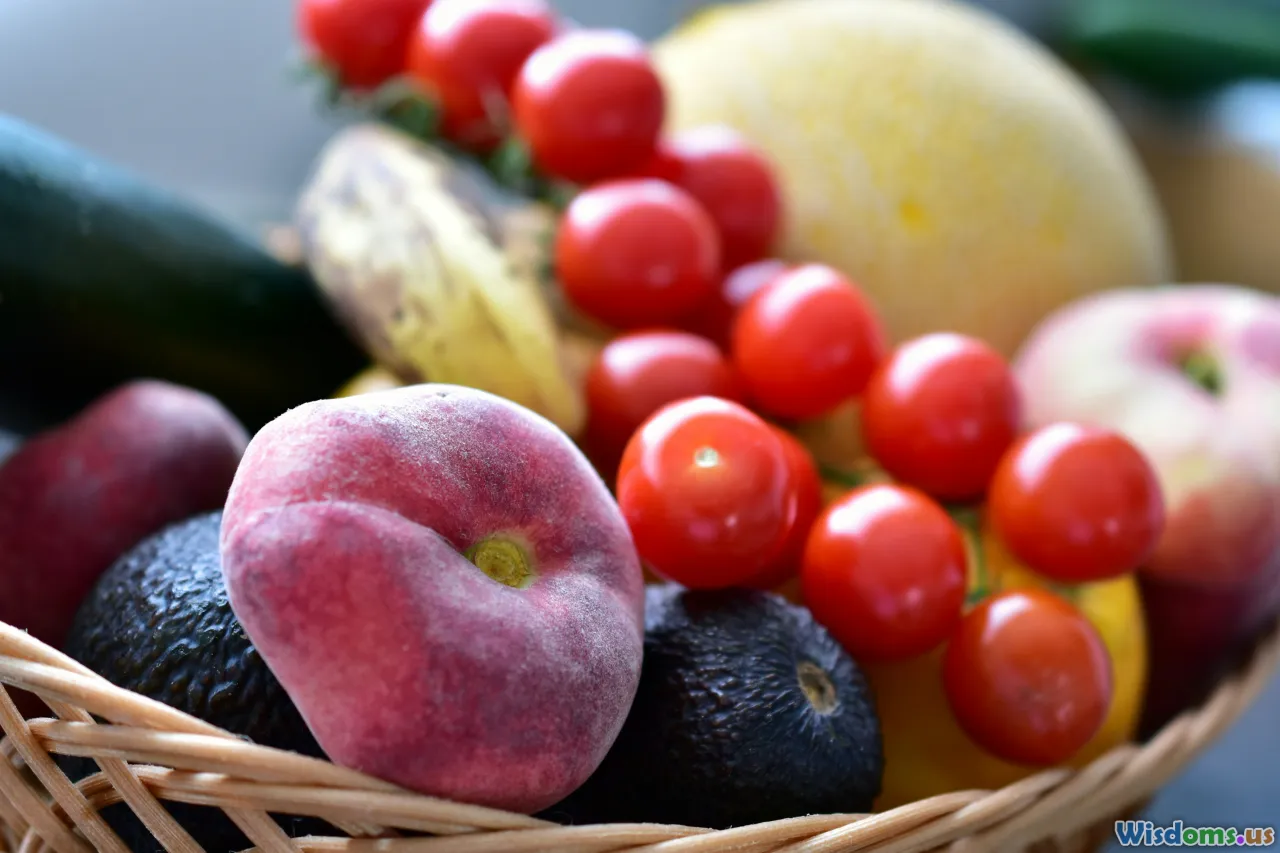
Using seasonal, locally grown fruits in your savory dishes resonates beyond the palate. It’s a sustainability win:
- Peak nutrition: Fruits picked at their seasonal height are richer in vitamins, antioxidants, and compounds often diminished in long-haul shipping.
- Lower carbon footprint: Sourcing from local farmers reduces distance from field to fork, minimizing transportation emissions.
- Support for agricultural biodiversity: Farmers are incentivized to grow a mix of varieties, many of which deliver intriguing new flavors in the kitchen.
- Better freshness and quality: Supermarket storage—often months for out-of-season fruit—negatively impacts taste and texture.
Nutritionally, combining fruit with proteins boosts absorption of iron and other micronutrients. For instance, the Vitamin C in oranges (when added to a slow-cooked beef stew) enhances your body’s ability to absorb iron from the meat, delivering true functional synergy.
Thoughtful Plating: Making Fruit the Star Without Overwhelming the Dish
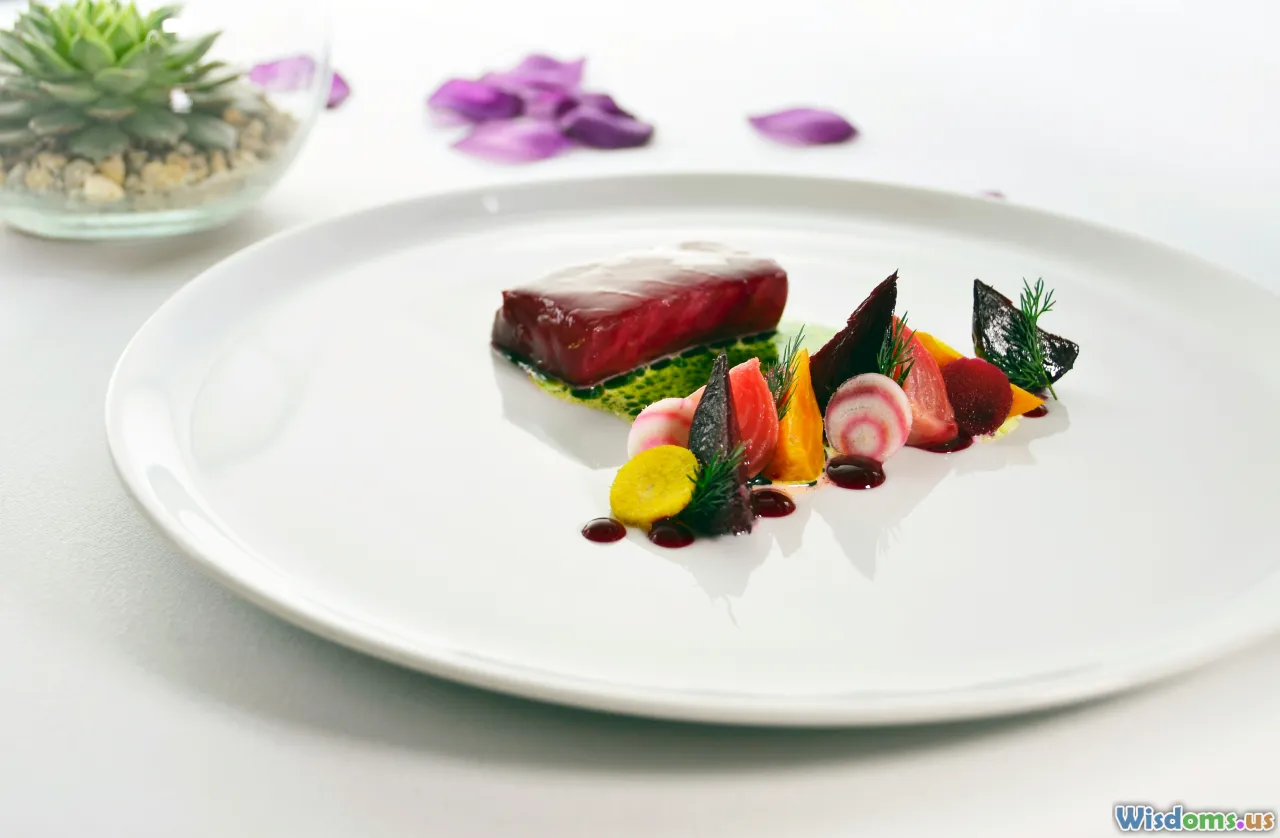
When integrating fruit into savory cooking, restraint and design matter just as much as boldness.
- Let fruit accent, not smother: Reserve assertive fruits—like pineapple and citrus—for sauces, glazes, or garnishes that amplify rather than overshadow other elements.
- Color coordination: Use fruit’s visual vibrancy; a sprinkle of pomegranate seeds or diced persimmon adds eye-popping contrast.
- Strategic juiciness: In saucy dishes, consider roasting or grilling fruit first, reducing moisture and deepening flavor concentration.
Minimalist Approach:
Showcase fruit as the bright, acidic pop on a plate: a persimmon slaw alongside slow-roasted pork belly, or pomegranate arils as jewelry on smoky eggplant dip.
Emboldened Combinations:
Field the unexpected with a charred grape and rosemary pizza or a black plum and chipotle jam alongside roast chicken. As always, trust your tastebuds!
By embracing the versatility of seasonal fruits in savory recipes, every meal becomes a creative act—a way to honor the flavors and bounty of your region, surprise guests, and care for your family’s well-being. The next time you spy ripe fruit at the market, imagine beyond dessert. The key to an unforgettable culinary experience may be just within the nearest orchard.
Rate the Post
User Reviews
Other posts in Cooking with Local & Seasonal Ingredients
Popular Posts















